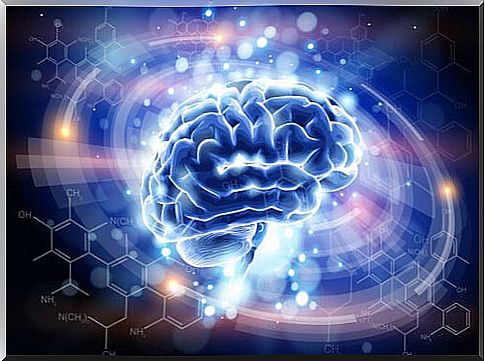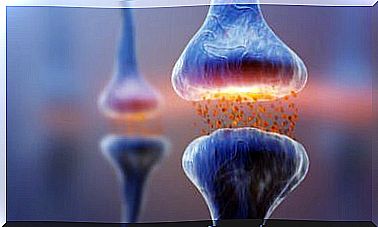The Neuroscience Of Emotional Pain: Anatomy Of Invisible Suffering

The neuroscience of emotional pain tells us that suffering that so often grips us and that remains hidden and ignored at first glance has the same impact on the brain as physical pain. However, yes, experiences such as the anguish over the loss of a loved one or the impact of accumulated stress at work take longer to heal than a broken bone.
Few topics are as controversial as the psychological understanding of pain. We are that society used to giving truth only to what our eyes see ; hence, realities such as chronic pain, lupus or fibromyalgia often fall into that social category known as socially invisible chronic diseases.
However, we cannot ignore the suffering linked to mental disorders or even those emotional impacts that luck brings us from time to time.
The person with depression also feels pain, as does the patient with bipolar disorder or who has just been fired from his job. All these situations lead to a series of intense, adverse and highly painful emotions.
Emotional pain is not touched, it is not seen, it is not heard, we know it, but it is all real. There is a neurological imprint that proves it and we are getting more and more data on the subject.

The neuroscience of emotional pain: when the brain suffers
There are pains for which a pain reliever is useless. Also, there are wounds that one cannot locate in his body, but he knows that they are there, somewhere, bleeding invisibly and cutting off the vital impulse.
Faced with these challenges, the neuroscience of emotional pain stands out as that new field where we try to answer all those questions that many of us have ever asked ourselves.
The insula and inferior cingulate cortex
All experience, all perception and even thought ends up being filtered and processed by a small brain structure: the insula. It is she who gives each of these processes an emotional imprint, so that we can learn by giving them a pleasant or unpleasant attribution.
- Now, on occasions, when the emotional intensity is very high, it joins the inferior cingulate cortex to generate a very specific sensation of pain. This experience, as we are told in a study carried out at the Wake Forest University School of Medicine (United States), is the same as that which would occur with a physical injury.
- Authors of this work, such as Dr. Christopher Starr, also point out something interesting. Much of our physical pain also generates emotional pain. Let’s take an example: when we tap our bare toe against a door, we also feel some frustration and even anger. We do not hesitate to say that of But how can I be so clumsy!
Rejections hurt like burns
When we talk about rejections, we are not just referring to being abandoned by the partner or rejected by the person we like. Dimensions, such as bullying, are a clear example of how a person is separated, isolated and attacked by a social group. remember that our brain is an organ that needs social contact and that meaningful connection with others.
- Thus, the fact of experiencing social rejection generates a serious neural impact. The neuroscience of emotional pain tells us that the suffering in these cases is immense. So much so, that studies such as the one carried out at the University of Michigan by Dr. David T. Hsu, show us that the brain reacts in the same way as if there were a physical burn.
- What’s more, the brain has even been observed to generate an analgesic response, even releasing a large number of opioids to alleviate that pain.
Social rejection, therefore, shapes multidimensional suffering. The person not only feels emotionally hurt, in addition to the psychological pain they will experience fatigue, concentration problems, sleep disturbances and even muscle numbness. It is something without a doubt very striking.

If the brain suffers, the whole body suffers
There is a fact that the neuroscience of emotional pain points out to us. The brain is a highly sophisticated organ, massively connected to our entire body. Its connections travel from the brain stem and spinal cord to almost any part of our body.
- Likewise, the circulatory and lymphatic systems are the ones that transmit the hormones released by the brain. What does this mean? It basically implies that emotions, as chemical responses that they are, do not stay in the brain spaces. They pass through it and also reach many parts of our body.
- In this way, it is very difficult for our body to be immune to emotional pain; its imprint always arrives, it is always noticeable and it will always generate some change in us.
To conclude, it is clear that aspects such as suffering continuous stress at work is not the same as breaking a leg. However, there is an obvious fact that we cannot neglect: while a broken bone ends up healing, the same does not happen, for example, with stress or anxiety disorders. The latter can drag on for years undermining all worth, all identity and of course, our health.
Emotional pain requires cures, care, and treatment. If it is neglected, it gets worse; the passage of time by itself does not cauterize wounds, we do it by applying psychological strategies and approaches. Therefore, let us not hesitate to ask for help when we need it.









